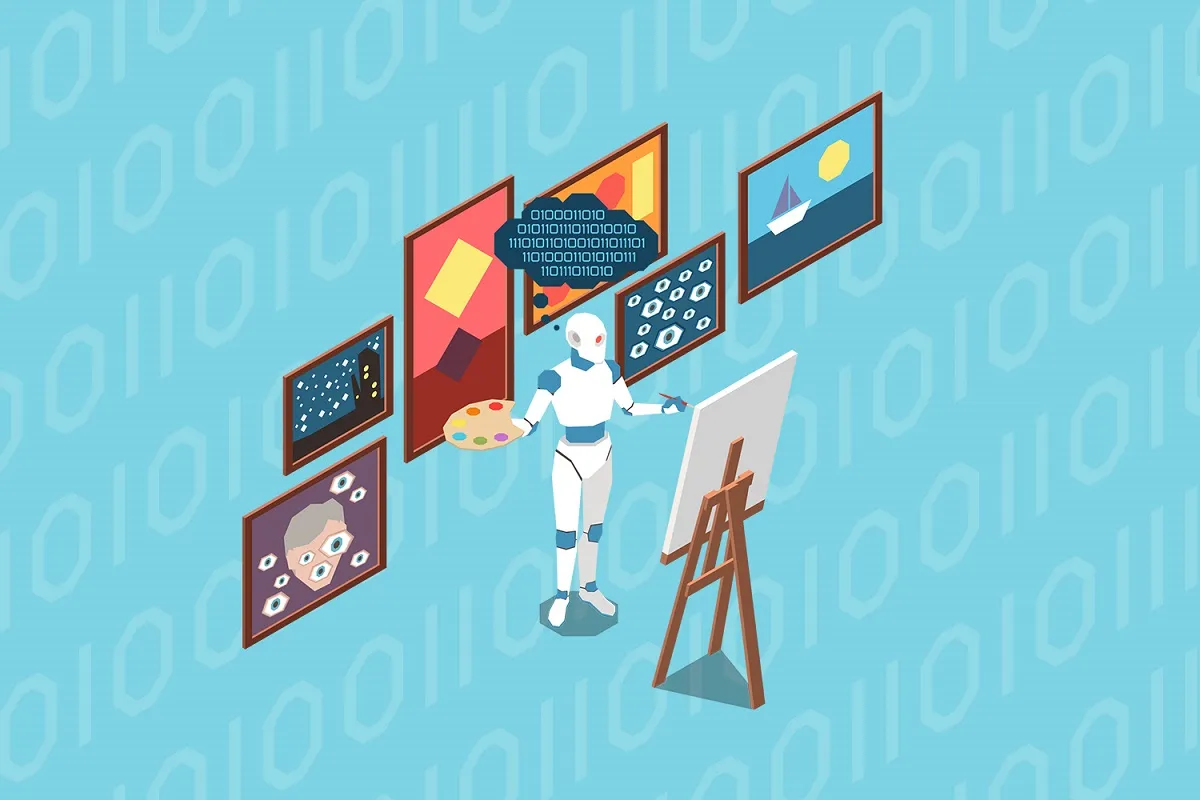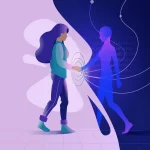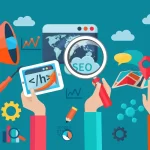AI in graphic design is rapidly transforming the industry, with a significant impact on the way we create, edit, and generate designs. AI-powered tools are automating repetitive tasks, generating new ideas, and personalizing designs, shaping the future of graphic design with AI-generated graphics.
The era of Artificial Intelligence (AI) in graphic design is upon us, redefining traditional methodologies and enhancing creative possibilities.
Let’s explore how AI tools like DALL-E, Midjourney, and others are setting new benchmarks in the design world.
The Advancements of AI in Graphic Design
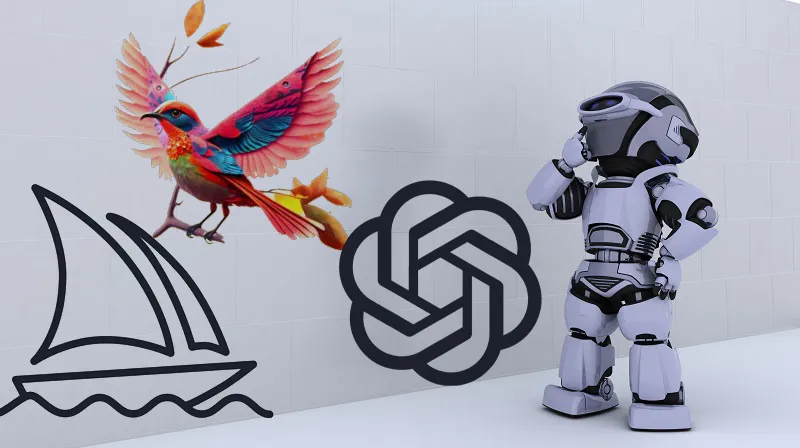
Since its inception, AI-driven graphic design has experienced tremendous growth. Notable AI tools such as DALL-E, Midjourney, and Adobe’s Firefly are creating stunning visuals ranging from artwork and banners to a diverse array of visual elements.
Recent studies hint at the capacity of AI-generated designs to rival, and at times, surpass human-made designs.
Yet, success heavily relies on accurate prompts and constraints. Platforms like Vinci have demonstrated how AI can equal human designers in specific tasks, given the right instructions.
Behind the Scenes: How AI Works in Design
A neural network forms the foundation of AI in graphic design. By analyzing vast datasets of images and designs, AI mimics and then refines these designs. Establishing rules can guide the AI more effectively, but human oversight remains essential.
Human intervention ensures the AI system is fed with effective prompts and understands the desired outcomes. The prompt’s accuracy and human guidance significantly influence the final AI-generated design’s quality.
Challenges in AI-Driven Design
While AI offers vast possibilities, it’s not without limitations:
- Specialization Issues: Some AI tools like Vinci focus on niche areas, hindering versatile design creation.
- Font Capabilities: AI can sometimes struggle with intricate font designs.
- AI Oversight: AI isn’t flawless and can occasionally produce errors, requiring human intervention.
The Symbiotic Relationship: Designers and AI
Far from making human designers obsolete, AI tools are becoming their invaluable companions.
Designers recognize the time-saving potential of AI in planning and drafting. They’re upskilling by crafting effective AI prompts and supervising AI outputs for optimal results.
How Artificial Intelligence is Changing Web Design?
However, the influx of AI-generated art introduces fresh challenges in copyright and legal domains. With the evolving dynamics, designers must stay vigilant, understanding the nuances of ownership, rights, and the changing landscape of copyright rules.
The Future of AI in Design
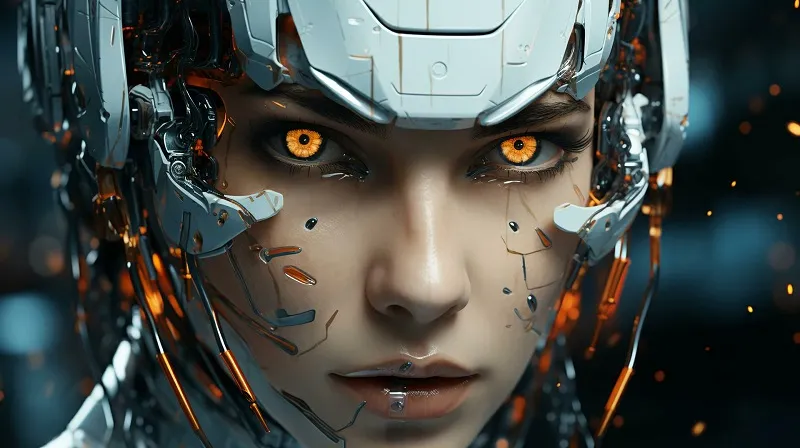
Companies like Adobe are integrating AI features into their products, making it accessible to a broader designer community. While AI provides efficiency and innovation, it can’t replace human intuition, creativity, or judgment.
AI-enhanced tools such as DALL-E and Midjourney produce graphics swiftly based on user directives. By incorporating AI tools, designers can focus on creativity, leaving mundane tasks like background removal or color selection to AI.
Furthermore, legal aspects concerning AI-generated content must be considered. Copyright issues surrounding AI creations, ownership rights, and usage terms are paramount.
Top 5 Best AI Image Generator Tools
1. Midjourney
My first choice is Midjourney. Midjourney is another powerful AI image generator that is known for its ability to create surreal and dreamlike images. It can also generate realistic images, but its strength lies in its creativity and its ability to generate images that are truly unique.
2. DALL-E 2
DALL-E 2 is a powerful AI image generator developed by OpenAI. It can generate realistic images and art from text descriptions, and it can even edit existing images.
DALL-E 2 is still under development, but it is already being used by artists, designers, and businesses to create new and innovative content.
3. Dream by WOMBO
Dream by WOMBO is a fun and easy-to-use AI image generator that is perfect for beginners. It allows you to generate images from text descriptions or by uploading your own images.
Dream by WOMBO is not as powerful as DALL-E 2 or Midjourney, but it is a great way to get started with AI image generation.
4. Starry AI
Starry AI is an AI image generator that is known for its ability to create artistic images.
It can be used to generate images in a variety of styles, including painting, drawing, and photography. Starry AI is also relatively easy to use, making it a good choice for beginners.
5. NightCafe
NightCafe is an AI image generator that offers a wide range of features and options. It can be used to generate images from text descriptions, upload your own images, or create art in a variety of styles.
NightCafe is also relatively easy to use, but it offers more advanced features than some of the other AI image generators on this list.
Conclusion
The fusion of AI in the graphic design realm is revolutionizing the industry. From improving efficiency and consistency to offering a plethora of creative options, AI is reshaping the design process.
Yet, while AI brings automation and innovation, the human touch remains irreplaceable.
Embracing AI as a complementary tool rather than a replacement will be the key to harnessing its full potential.

